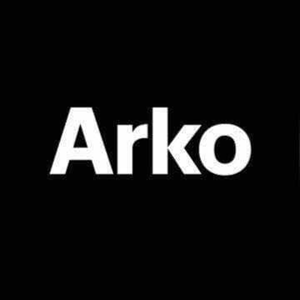Hello Jonathan Kent,
Hope you got a chance to review Markapuram Sudheer Reddy's suggestion. Markapuram has provided solid guidance based on the official documentation, which covers the core configuration aspects for enabling SSO in Azure Virtual Desktop. However, there are a few additional inputs from my end that I’d like to add to this post. Please review them once and let us know your findings.
From the error message you’re encountering specifically AADSTS65002 it appears that the consent prompt you're seeing is attempting to authorize access between two Microsoft-owned (first-party) applications: Azure Virtual Desktop (9cdead84-a844-4324-93f2-b2e6bb768d07) and Windows Azure Active Directory (00000002-0000-0000-c000-000000000000). This type of consent is not intended to be granted manually by end users or tenant admins and must be handled via internal preauthorization within Microsoft’s platform. In other words, attempting to authorize this manually using your tenant ID via the legacy consent page will always result in failure, as this path is not supported.
The fact that you're seeing the consent screen even before signing into your tenant suggests that the prompt is likely being cached or triggered locally—possibly due to redirection or legacy configuration in the browser. Also, the URL you’re using (https://rdweb.wvd.microsoft.com) points to an older RDWeb endpoint which is generally not used anymore for the modern ARM-based Azure Virtual Desktop experience.
Instead, I would recommend using the current supported web client endpoint: https://client.wvd.microsoft.com/arm/webclient
This endpoint uses the modern authentication flow and does not require any manual consent for the server app. If you haven’t already, please try accessing AVD through this URL using an InPrivate or Incognito browser session to rule out cache-related issues.
Additionally, double-check that there are no conditional access policies or token issuance restrictions blocking access for browser clients. Reviewing the sign-in logs in Entra ID can help confirm this. If you still face issue then please share the full Trace ID and Correlation ID from the AADSTS error to evaluate further. Let us know how it goes after trying these steps. Thanks


